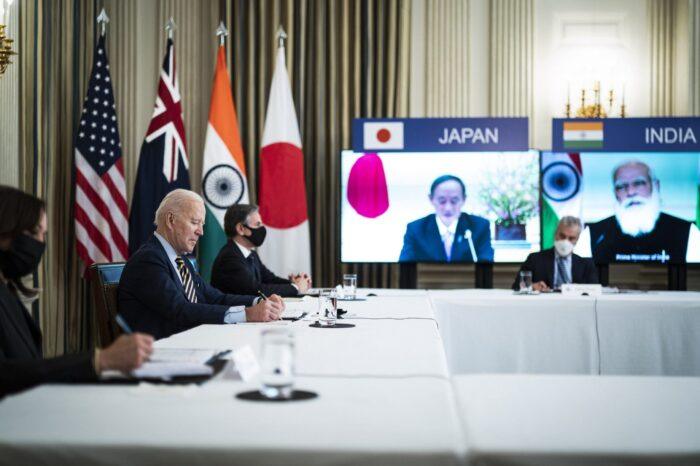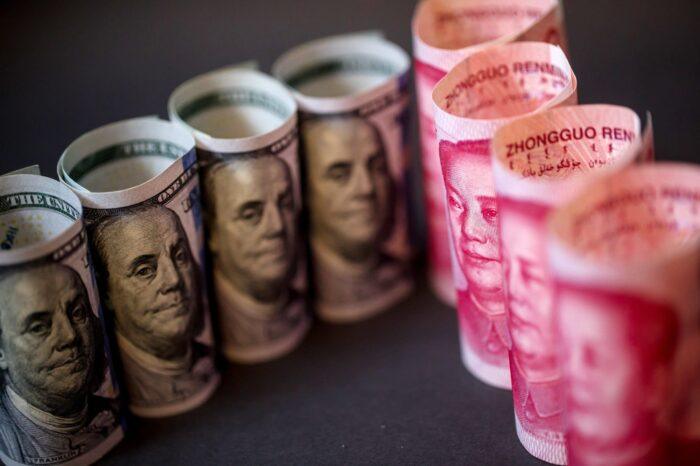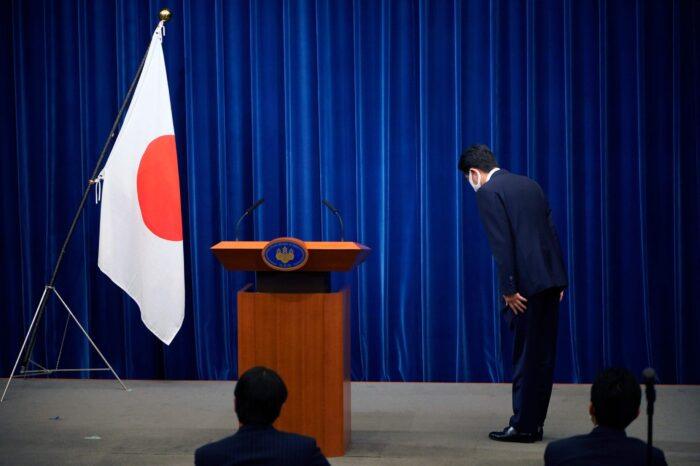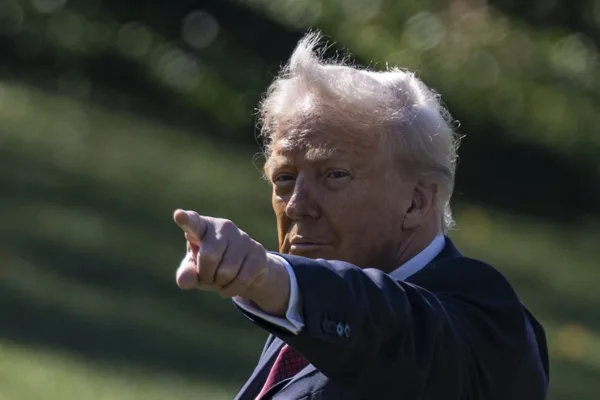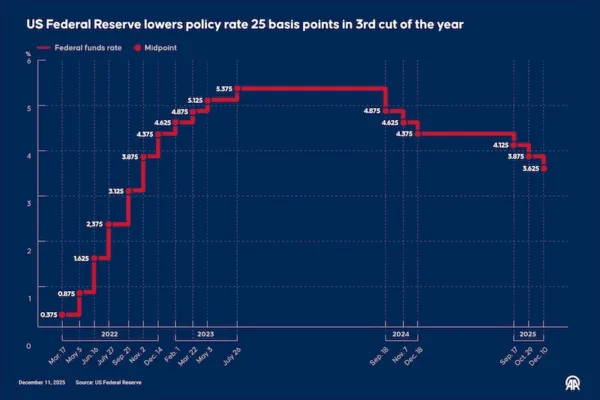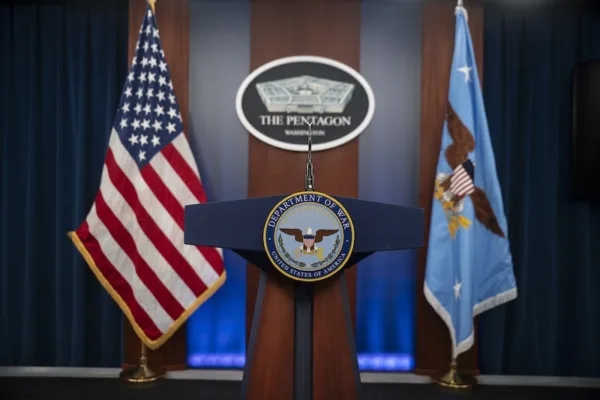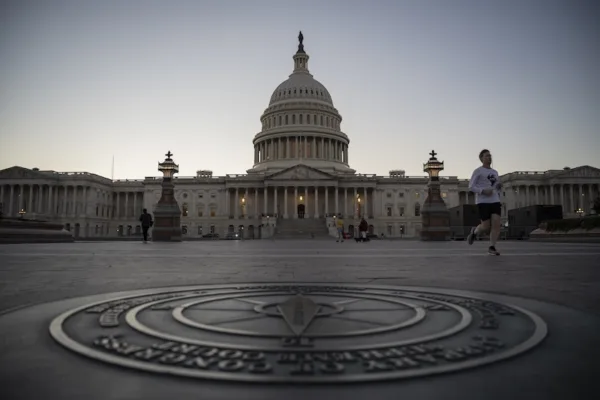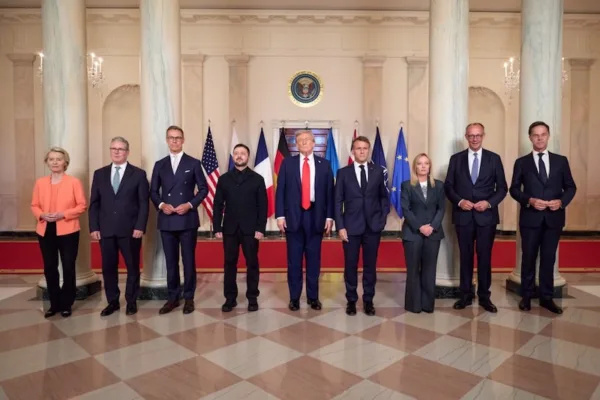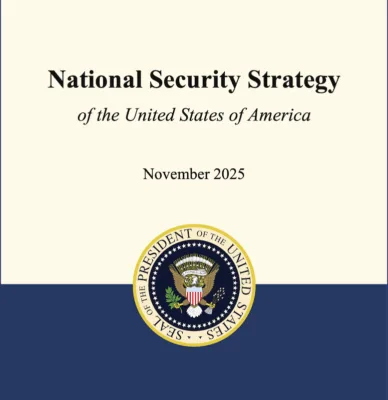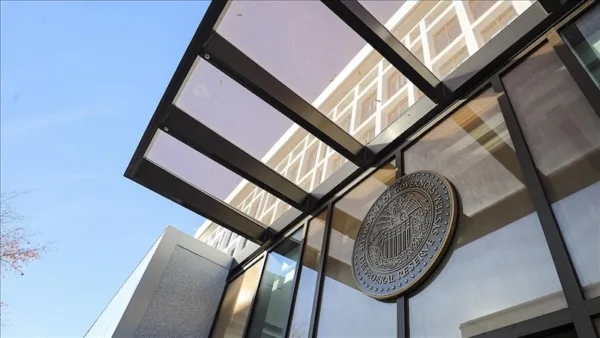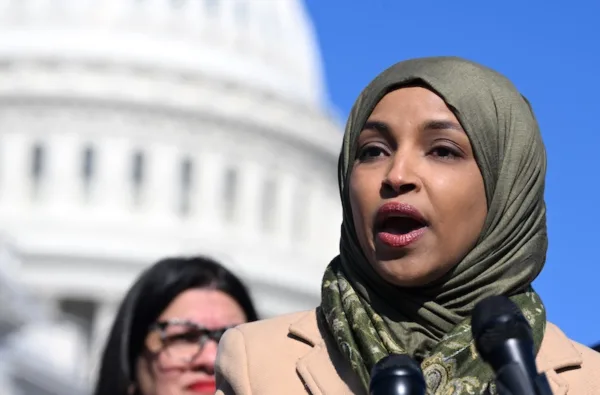Asia pivot shapes US foreign policy
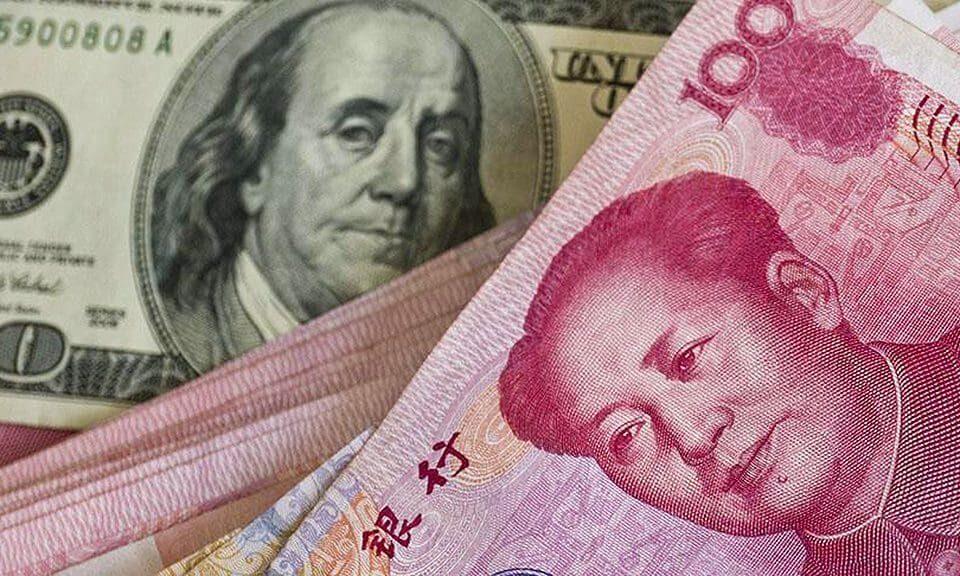
It was in October 2011 that then-U.S. Secretary of State Hillary Clinton wrote an op-ed in Foreign Policy Magazine describing the orientation of the new U.S. foreign policy. The article basically stated that the U.S. lost time for almost a decade in two different war theaters in the Middle East and in the meantime, other major powers of global politics took advantage of this situation.
Specifically, China grew economically and started to reflect this economic growth in its geopolitical and military ambitions. Thus from then on, the U.S. had to focus mostly on Asia instead of the Middle East. The policy was named “Pivot to Asia” and entailed three main pillars, including economic diplomacy among Asia economies, the redeployment of the U.S. Navy near Asia and forward deployment of U.S. diplomatic instruments in the capitals of the region. This ambitious policy generated a major debate in Washington among the observers of U.S. foreign policy.
The foreign policymakers also provided enough ammunition to feed this debate by launching new trade agreement talks with different countries around the world, engaging in new diplomatic initiatives in countries in Southeast Asia and starting military drills around the Pacific and the South China Sea. Soon after, however, the policy was considered too aggressive. At least its name changed to the more neutral term of “rebalancing.” In the second term of the Obama administration, less emphasis was given to this policy.
When President Donald Trump was elected to office, some thought policies for the region would mirror President Barack Obama’s second term. In the end, both leaders put emphasis on “getting the house in order” and less emphasis on U.S. foreign policy.
As mentioned in my previous column, both leaders also indicated their lack of foreign policy experience as a significant credential. Although Trump frequently mentioned the unfair trade practices of China during his campaign rallies, criticizing the previous administrations for losing jobs to China has become a talking point for almost all of the candidates since 1990s.
Especially after the resolution of the first crisis between the U.S. and China, following a phone call between Trump and Taiwanese President Tsai Ing-wen, the meeting between Chinese President Xi Jinping and Trump was interpreted as a major success and the beginning of a new era in relations. But after his first year in office, we started to see that the change in U.S. foreign policy toward Asia may be long-lasting.
Just like the “Asia pivot” policy, there is a push toward disengaging from military engagements in the Middle East. Following Trump’s decision to withdraw American troops from Syria, there are expectations of continuing the pullout process in Iraq and Afghanistan in the near future. This is, of course, not a total U.S. withdrawal from the Middle East.
The U.S. will most likely be present in the Gulf and continue its power projection through its navy in this region. The economic dimension of the Asia pivot, on the other hand, became much assertive during the Trump administration. In the first term of the Obama administration, the term “economic statecraft” was used frequently to describe the change in U.S. foreign policy that would prioritize the economic and trade-related matters in diplomatic interactions. But in the last two years, this approach has gained a more aggressive tone.
While the withdrawal of the U.S. from the Trans-Pacific Partnership (TPP) was in the beginning interpreted as a change in the policy of economic statecraft, in fact, it had become a much more forceful implementation of a similar policy. On the one hand, the use or the threat to use economic sanctions has become part of normal jargon in foreign policy.
On the other hand, the term “trade wars” has become one of the most frequently used concepts in the last year, describing the relations between China and the U.S. Economic protectionism in relations with China and the mercantilist approach of foreign policy became much more obvious. In the meantime, the transformation of the U.S. military approach toward the Asia-Pacific region continued.
Again, although many expected that with the new foreign policy approach the military overstretch in Asia would also decrease, there is, in fact, more emphasis in the U.S. military toward this region. The fact that Trump criticized the U.S. military presence in some countries in the region did not change the military posture of the U.S. in the region. More importantly in the National Security Strategy Document of the Trump administration, in the National Intelligence Strategy of Director of National Intelligence and Worldwide Threat Assessment Reports, China has been indicated as the most significant rival to U.S. foreign policy. The other potential threats and rivals proved to be less significant compared to China. According to these reports, China is the only country that can constitute an economic, intelligence, geopolitical or military threat against the U.S.
Thus, the changes in the administrations and changes the terms in regard to U.S. foreign policy in the region did not bring about a major transformation. The shift of the U.S. foreign policy focus toward Asia is still taking place. The critical dimension of this process is many foreign policy makers sees this shift toward Asia as part of the “getting the house in order.”
In fact “getting the house in order” turns out to mean the disengagement from the long and costly wars of the Middle East and nation building. It does not mean isolationism or withdrawing from the world. In fact, the Asia pivot is very real and will continue to shape U.S. foreign policy in the next decade. It may be important to pay attention to this policy change while interpreting the U.S. withdrawals from different military engagements around the world.
This article was first published by Daily Sabah on February 11, 2019.

